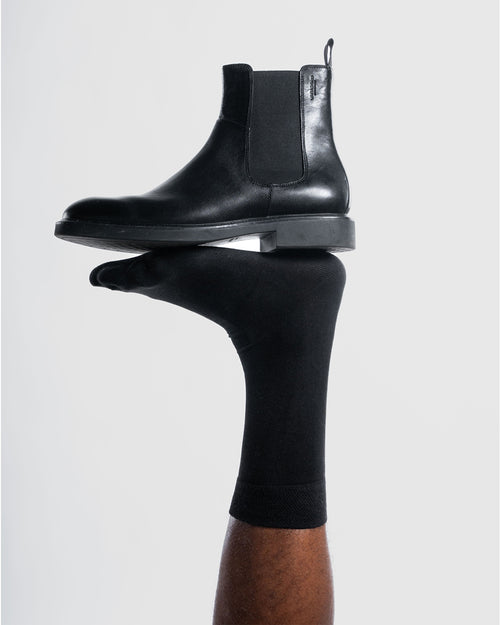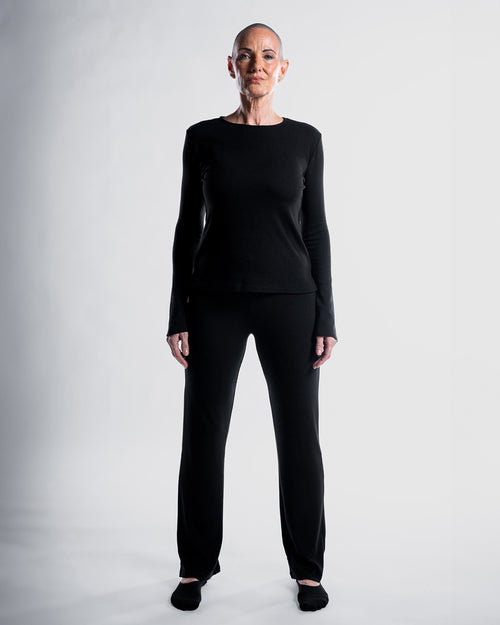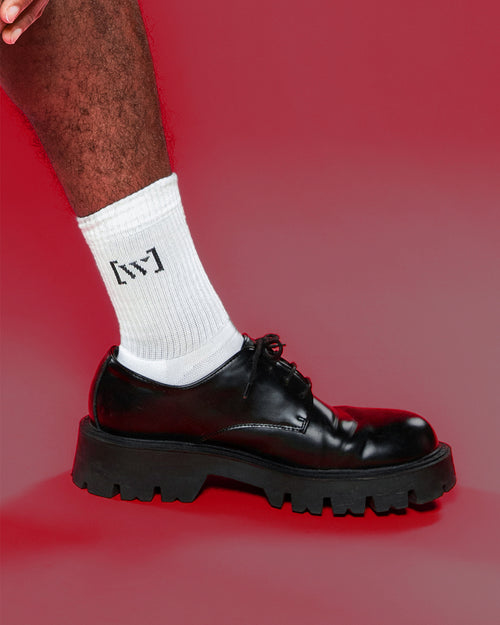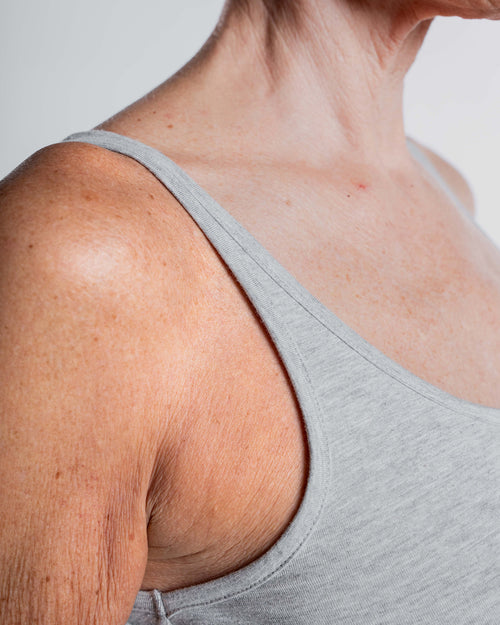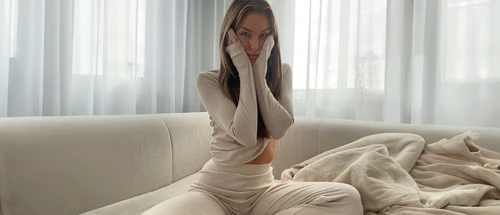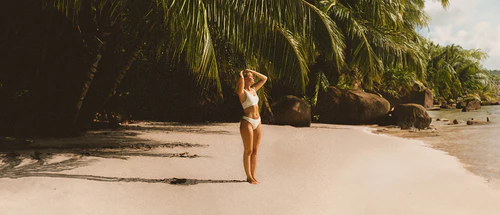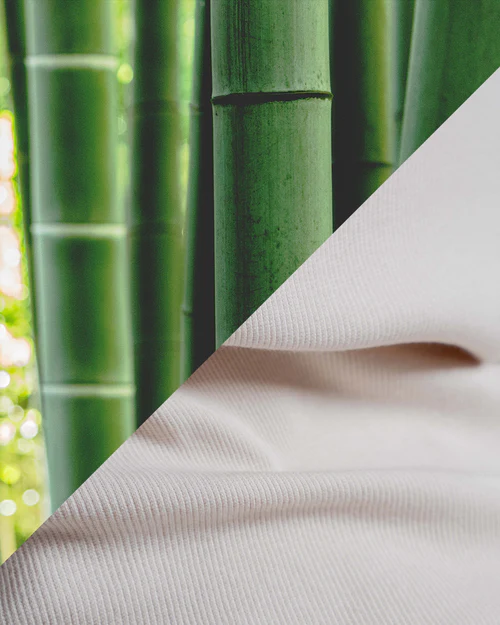

Why Bamboo Is Revolutionizing Sustainable Fashion Choices
As we step into an era where the environmental impact of our choices is more important than ever, understanding the sustainability of the materials we wear is crucial. Clothing materials like cotton, linen, and polyester dominate our wardrobes, but not all of them are kind to our planet. Today, let's dig into the world of textiles and unravel their secrets, from environmental impacts to the herald of sustainable materials like bamboo in modern apparel.
Understanding Common Textiles
In the traditional lineup of fabrics, each has unique characteristics and environmental footprints:
- Cotton: Known for its comfort and breathability, cotton is a staple in the fashion industry. However, it’s also a water-intensive crop, requiring thousands of liters per gallon to produce just one kilogram of fabric. This high water requirement can lead to significant environmental strain, especially in water-scarce regions.
- Linen: Derived from the flax plant, linen is a more sustainable option than cotton. It typically requires fewer pesticides and fertilizers and has a lower water footprint. Linen's durability and ability to biodegrade add to its eco-friendly credentials.
- Polyester: A synthetic fabric derived from petroleum, polyester is durable and inexpensive but comes with downsides. Its production is energy-intensive and emits significant amounts of CO2. Furthermore, polyester is non-biodegradable and tends to release microplastics into waterways during washing.
The Rise of Bamboo as a Sustainable Fabric
Amid these traditional materials stands bamboo, a material lauded not just for its softness but also for its minimal environmental footprint. Bamboo grows rapidly with minimal water usage and without the need for fertilizers or pesticides. It can be cultivated on lands unsuitable for other crops, helping preserve valuable agricultural space for food production.
Bamboo fabric, such as those used in Weard’s bamboo underwear and apparel, is not only sustainable but also boasts qualities like breathability and moisture-wicking that make it ideal for both daily wear and athletic apparel .
Bamboo vs. Traditional Textiles
When compared to traditional materials, bamboo offers several environmental benefits that make it stand out:
- Water conservation: Bamboo requires only natural rainfall to grow, which significantly reduces the water demand imposed by traditional fabric production.
- Chemical-free cultivation: Bamboo naturally resists pests and diseases, reducing the need for chemicals that can cause environmental harm.
- Carbon absorption: Bamboo forests absorb more carbon dioxide and produce 35% more oxygen than an equivalent stand of trees, making them an asset in the fight against climate change.
- Soil protection: Bamboo roots help control soil erosion and promote soil health through organic matter replenishment.
Embracing bamboo clothes, like the Weard’s Awesome T-shirt, is not just a step towards eco-friendly fashion but a stride towards responsible consumerism. By choosing materials that are sustainable, we help protect our environment while still enjoying the products we love .
In conclusion, the shift to sustainable materials like bamboo represents not just a trend but a necessary evolution in the textile industry. As consumers become more environmentally conscious, the demand for materials that balance functionality with sustainability is bound to grow. Opting for bamboo-based products is a simple yet effective way to contribute to this green revolution.












